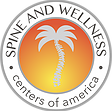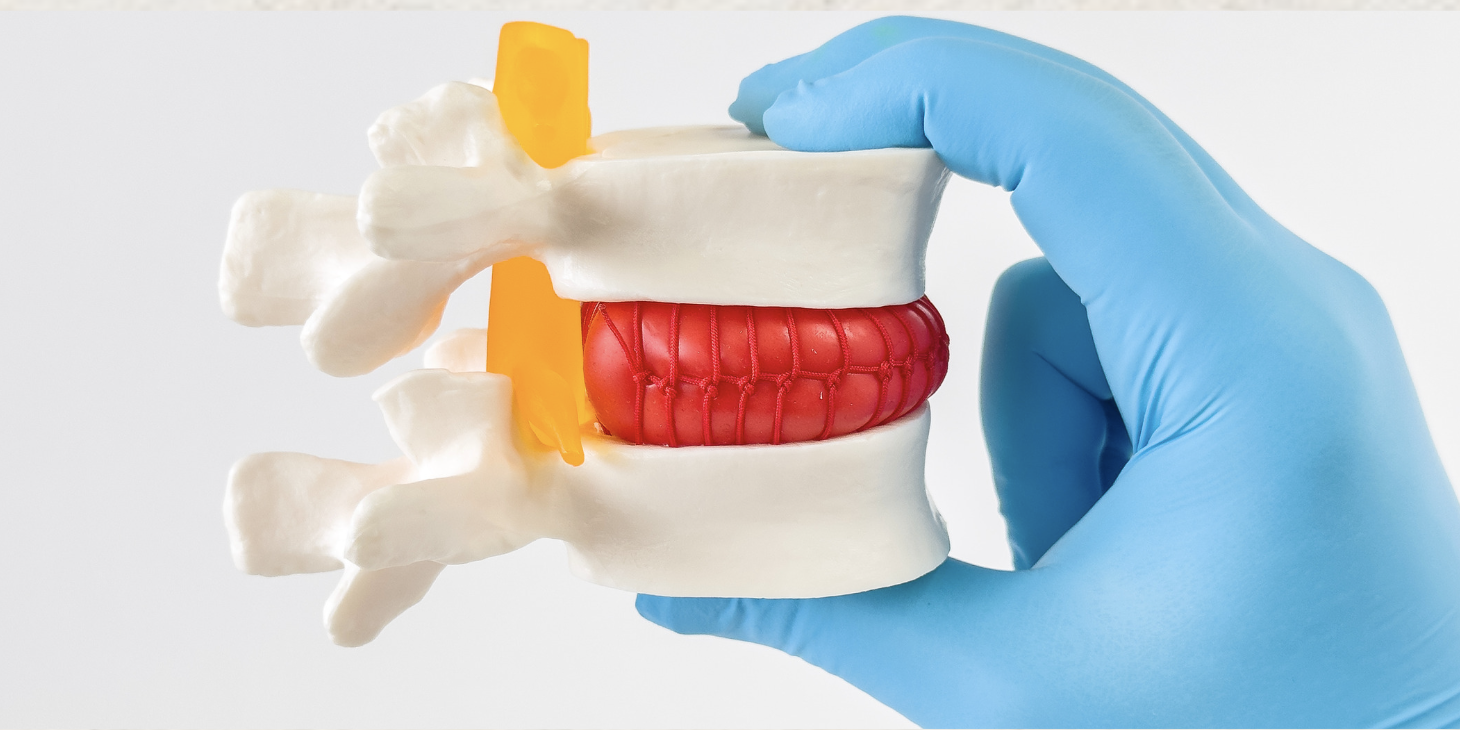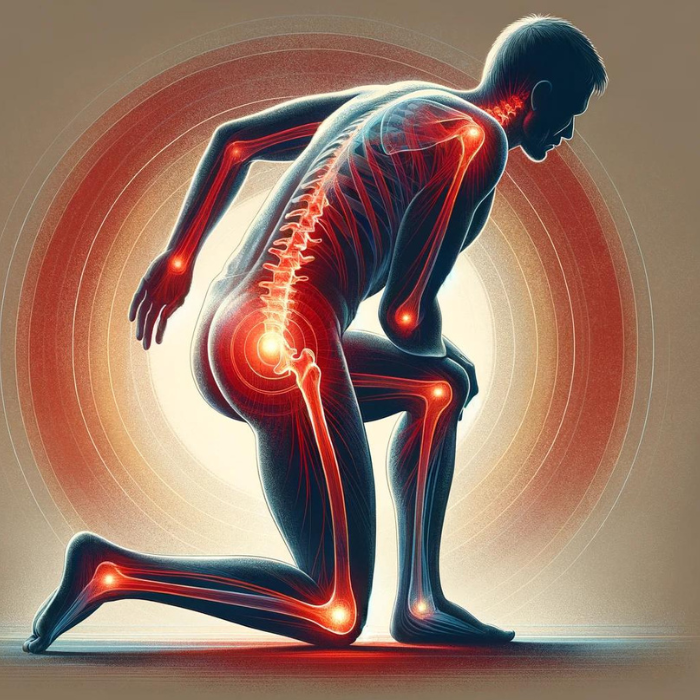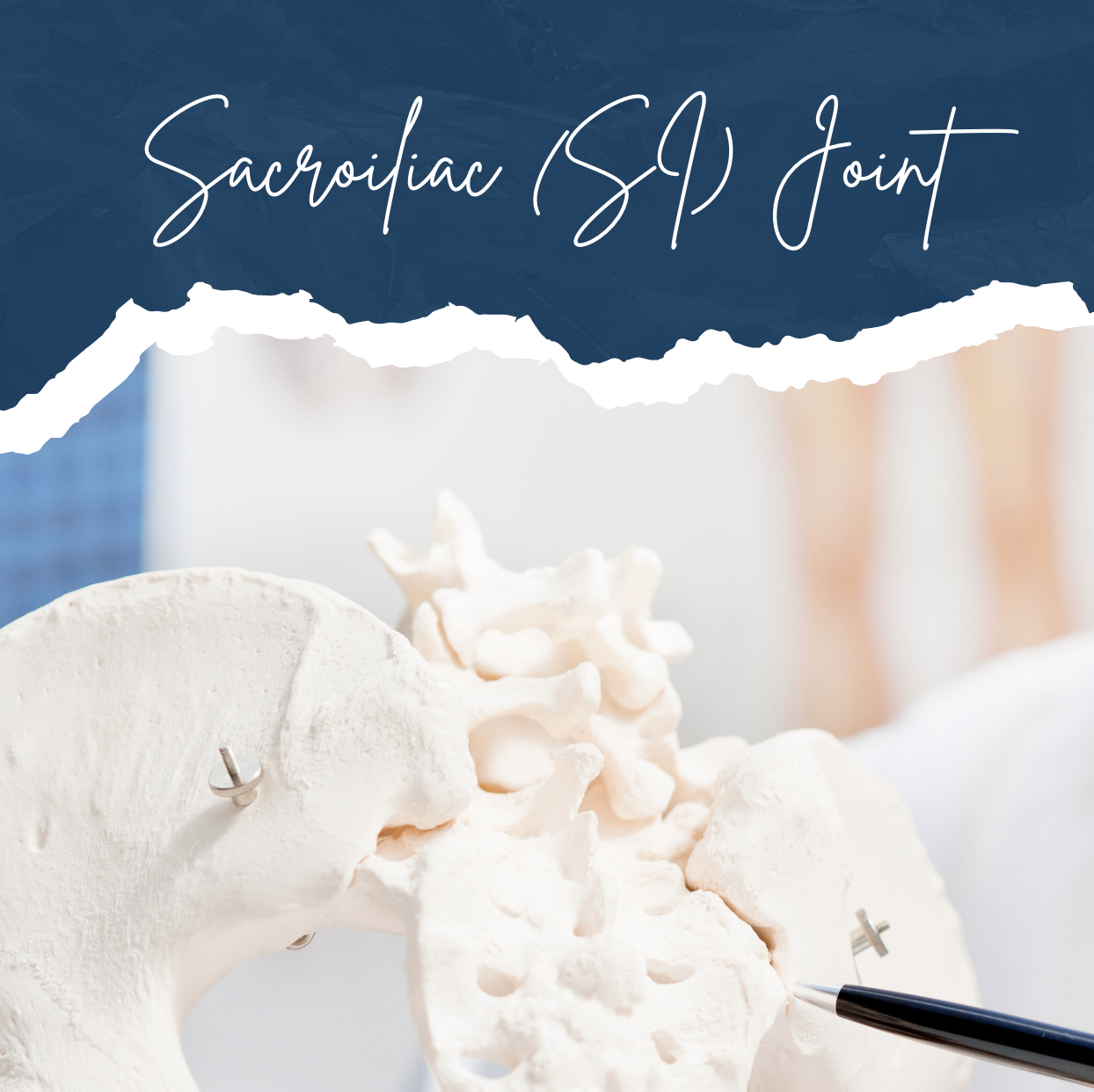Chronic pain has impacted not just in its point of origin but results in a reduced or inability to function physically, mobility limitations, as well as depression, anxiety and sleep disturbance. Recent estimates from the CDC suggest that chronic pain affects 100 million people in the United States (US) and 1.5 billion people worldwide.
Chronic pain conditions include but are not limited to all forms of arthritis, systemic inflammatory rheumatic diseases, connective tissue diseases, and peripheral neuropathy. Also syndromes such as complex regional pain syndrome (CRPS), fibromyalgia (FM), chronic widespread pain (CWP), chronic low back pain (LBP), and chronic pelvic pain (CPP). Many of these conditions are incurable, difficult to treat, and have negative effects on quality of life.
There are a number of treatments used in any pain management regimen. These include medication, massage, exercise, acupuncture, and newer regenerative treatments to avoid opioids and surgery. In many cases, patients achieve the best result when combining physical activity such as exercise or Physical Therapy alongside regenerative and medical treatments. Adding physical activity to any pain management program can help patients manage their pain and regain normal mobility.
Recent studies have shown that when applied to chronic pain conditions, and depending on the frequency, duration, and intensity, physical activity “significantly improves pain and related symptoms.” Body movement also improves “general health, disease risk, and progression of chronic illnesses such as cardiovascular disease, type-2 diabetes, and obesity.”
Improve Strength and Mobility
In contrast, the same study shows that physical inactivity may contribute to the rise in chronic diseases, and that even “bursts of moderate-vigorous physical activity may not negate the harms of long, continuous hours of sedentary behavior.”
In particular, working with a physical therapist can help patients in that the therapist can offer individualized strategies to reduce pain.
Taking into account a patients’ Range of motion, Posture, Strength, Balance, and Endurance therapists can design a comprehensive routine specific to each patients’ needs. PT, in the treatment of chronic pain, can help patients quickly improve strength and mobility.
The brain moves with the body; therefore exercise is output from the brain. Moving with reduced or even no pain, reinforces to the brain that movement doesn’t hurt, training the nervous system to trust that movement is, in fact, safe.
Even without physical therapy, patients can explore the benefits of yoga, pilates, stretching, and tai chi – which all work to an individual’s level of comfort. Studies have shown that these forms of activity have positive effects for patients suffering from chronic low back pain (CLBP) in particular.
In addition to Yoga and Pilates, the major categories of physical activity include Aquatic exercise, aerobic exercise, resistance and strength training, as well as flexibility training. Generally, lower-intensity movement therapies are safe and well-tolerated for pain patients.
Exercises for Low Back Pain
These complementary approaches for the treatment or management of pain also include mind-body behavioral interventions, acupuncture and massage, osteopathic and chiropractic manipulation, meditative movement therapies (e.g., yoga, tai chi).
Moving from the spine gets the blood flowing and creates a conscious connection to breath.
Sample movements include:
Dynamic mountain pose, Downhill skier stretch, Side sways, Standing twists, and full body stretches. These types of movement are beneficial to patients of all ages and can be done lying down, standing or sitting depending on mobility.
Dr. Maria Alejandra De La Peña at Spine and Wellness Centers of America (SWCA) provides patients with an array of services to manage pain that includes regenerative and cutting-edge treatments. When these treatments are combined with a healthy diet and movement, the patient’s long-term prognosis is for a return to healthy daily activity.
Dr. De La Peña can help patients decide if a fitness regime would be beneficial and what types would work best. She will take into consideration a patient’s exercise interests and whether any modifications are necessary. With these individualized modifications, most types of physical activity are beneficial for people suffering from painful conditions.
Dr. De La Peña will combine her multidisciplinary interventional pain medicine approach with suggested physical activities that support and enable patients to return to work and daily routine and thrive.
With the increasing evidence that exercise and/or PT are accessible, cost-effective, and viable therapeutic choices in the overall treatment of nearly all types of painful conditions, patients enjoy both a reduction in pain and fatigue as well as improvements in quality of life and physical fitness – and decreased symptoms of depression and anxiety.
Dr. De La Peña’s team of highly-trained neurologists, physical therapists, spine surgeons, and physiatrists ensure that each patient will receive a customized, comprehensive treatment plan designed specifically for them.





